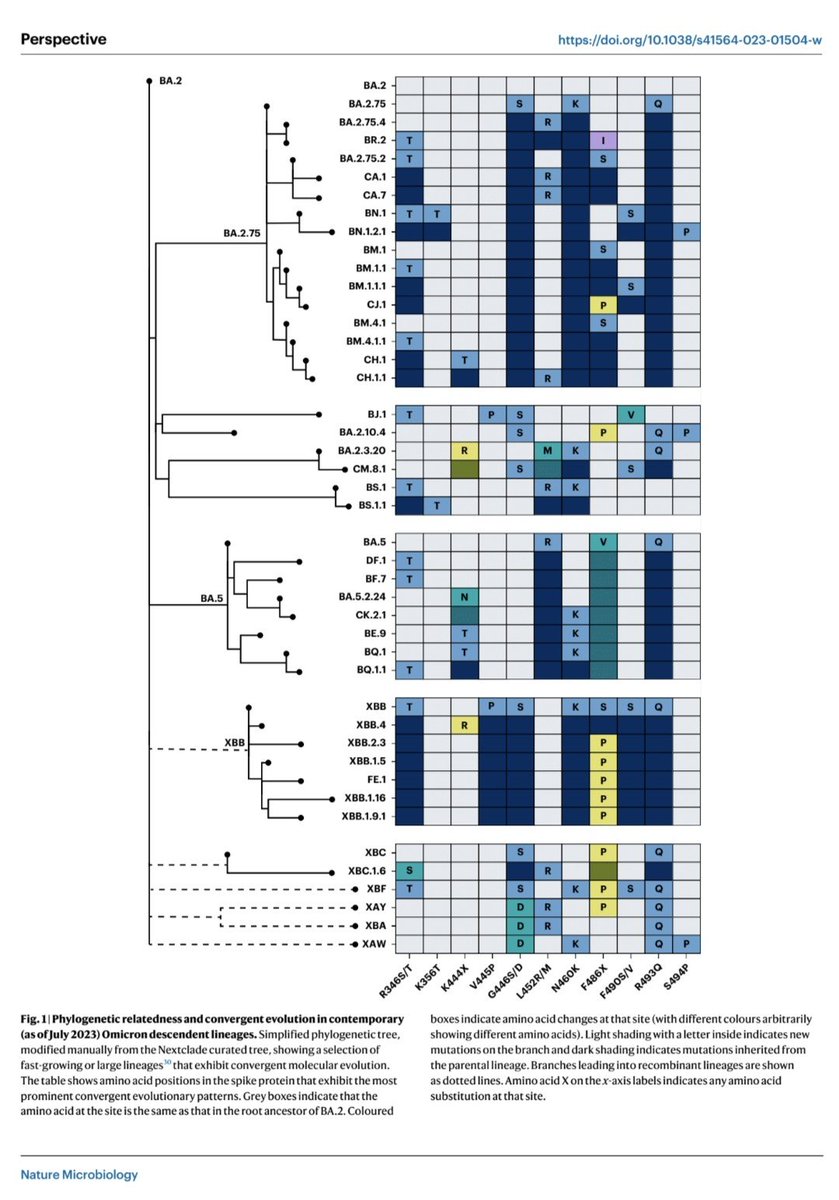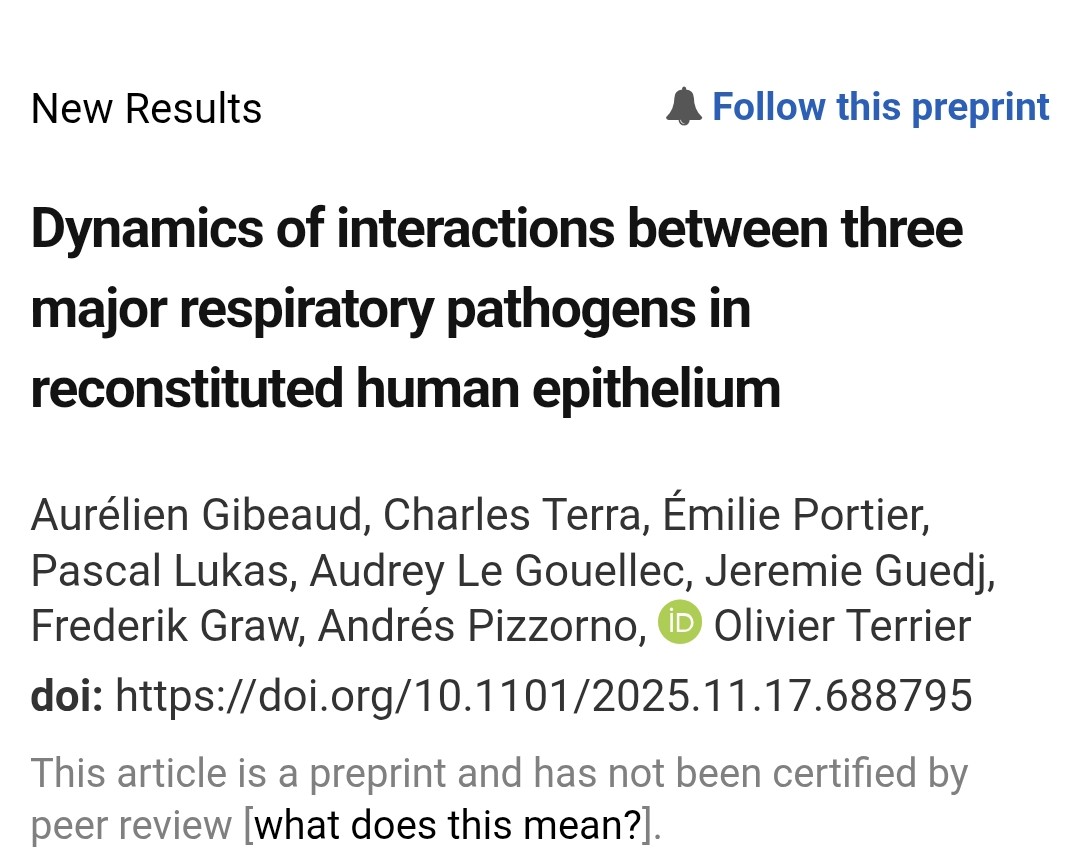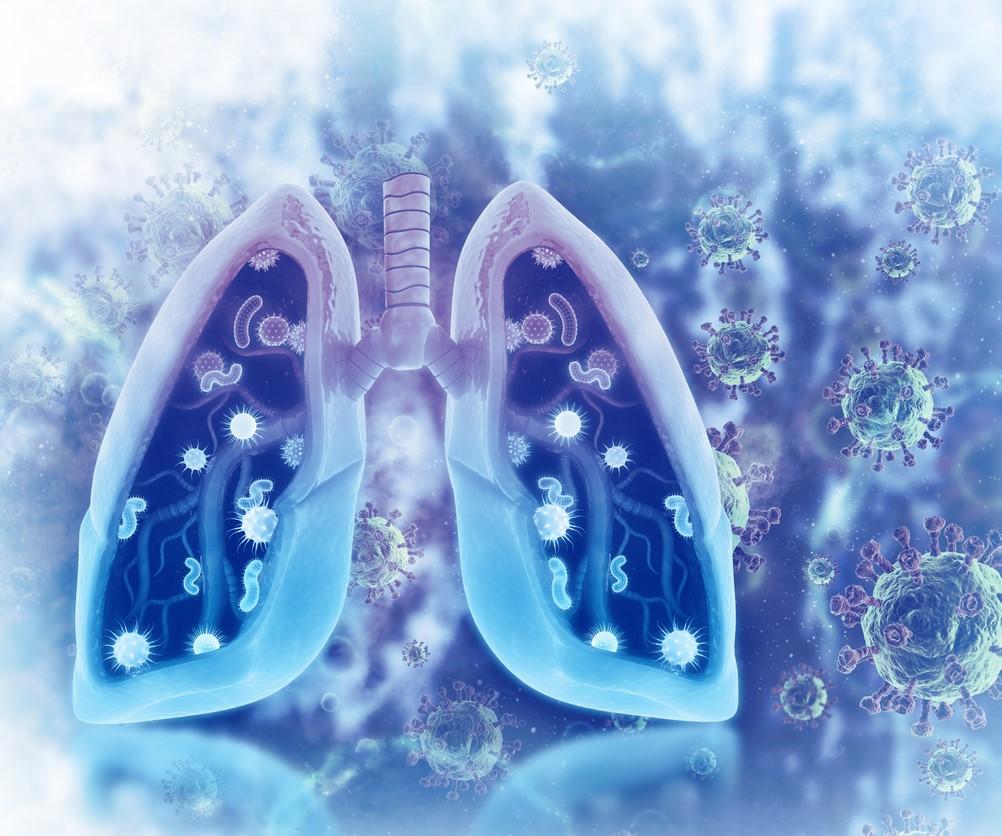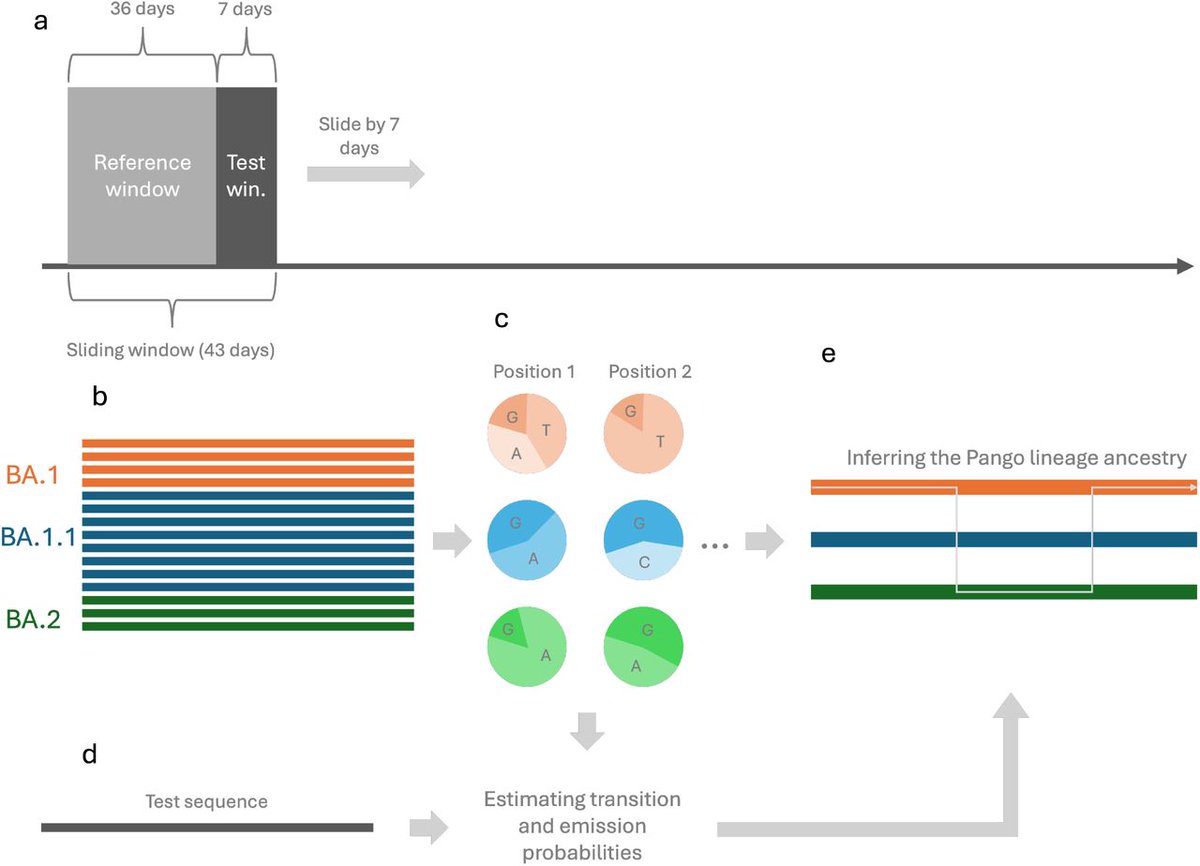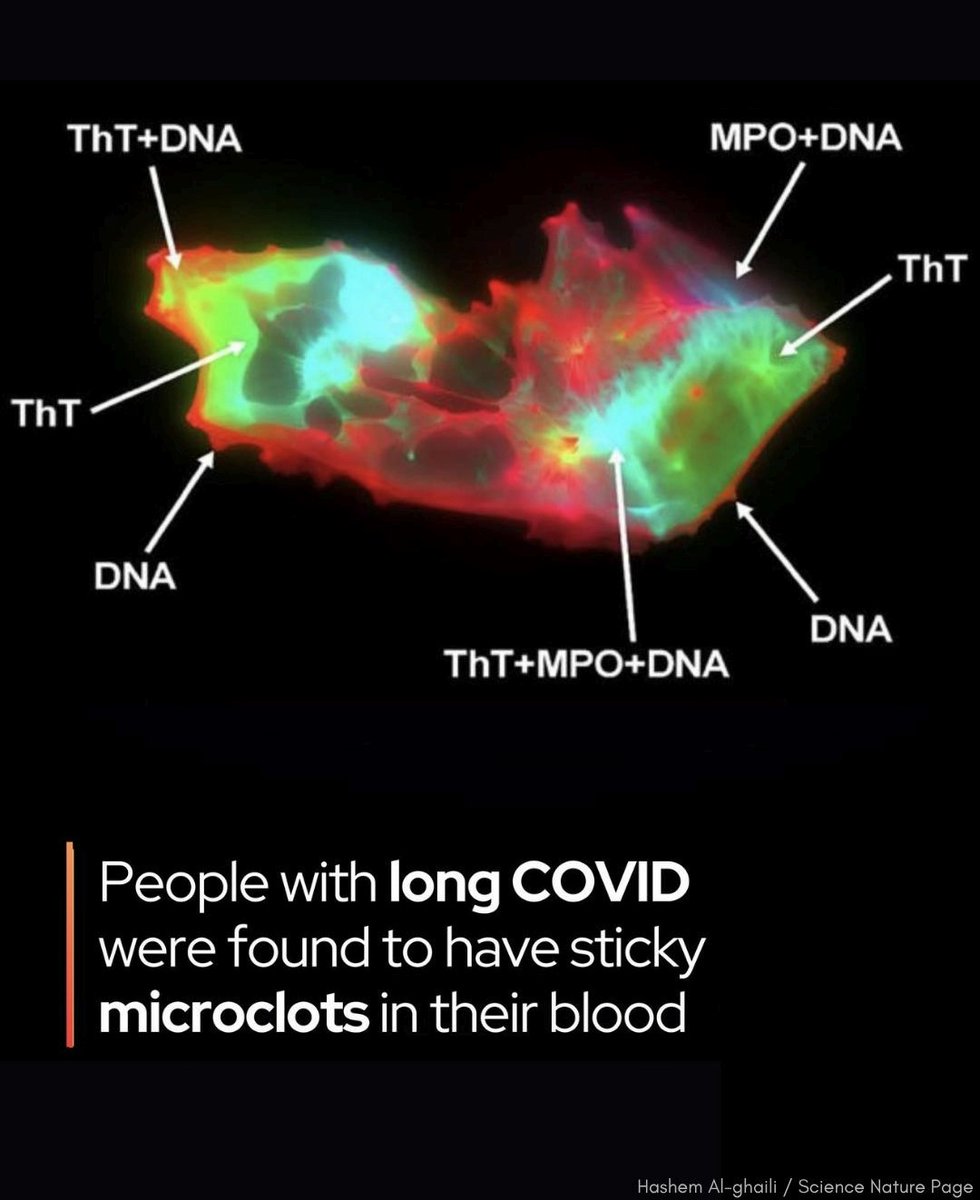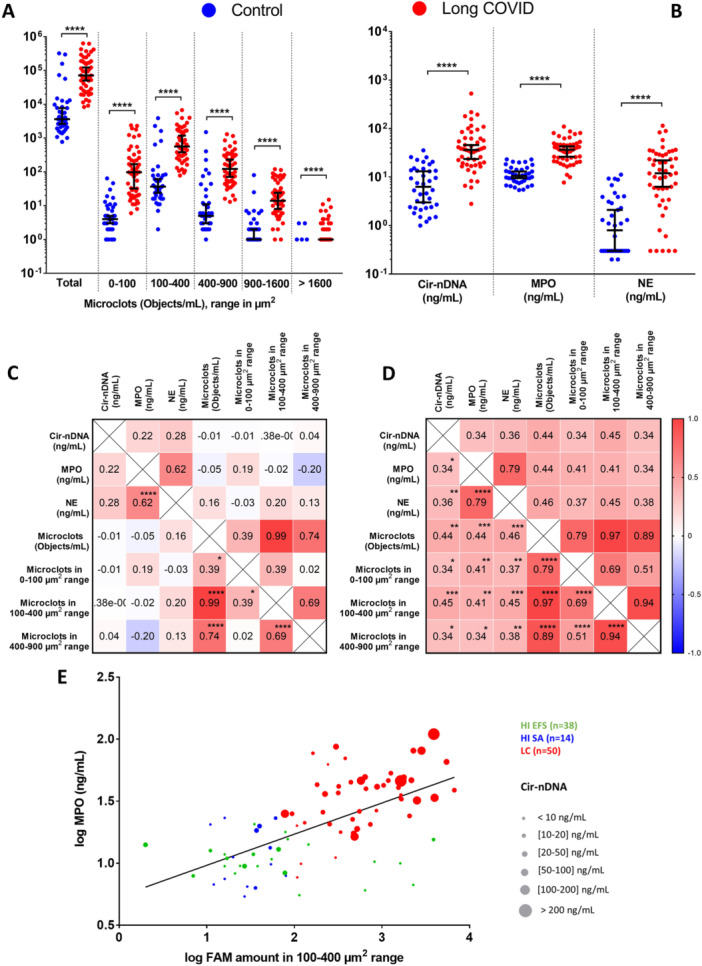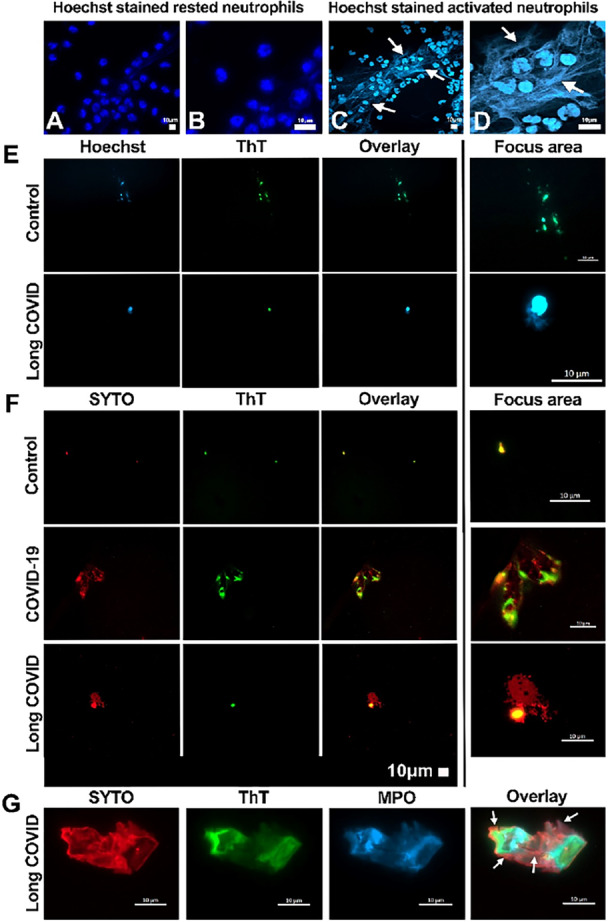"SARS-CoV-2 evolution in the Omicron era"
(from the variant trackers, @siamosolocani @LongDesertTrain @CorneliusRoemer @PeacockFlu ...)
(The full version as it is paywall ! ☹️)
(from the variant trackers, @siamosolocani @LongDesertTrain @CorneliusRoemer @PeacockFlu ...)
(The full version as it is paywall ! ☹️)

8) Thank you to those who think like me, that information and science are for everyone, and not just those who have money 🤬
FYI
@DavidJoffe64 @UseBy2022 @HarrySpoelstra @falsel_net @gianlucac1 @mrmickme @gwladwr @0bj3ctivity @_ppmv @RealCheckMarker @RolandBakerIII
FYI
@DavidJoffe64 @UseBy2022 @HarrySpoelstra @falsel_net @gianlucac1 @mrmickme @gwladwr @0bj3ctivity @_ppmv @RealCheckMarker @RolandBakerIII
• • •
Missing some Tweet in this thread? You can try to
force a refresh


